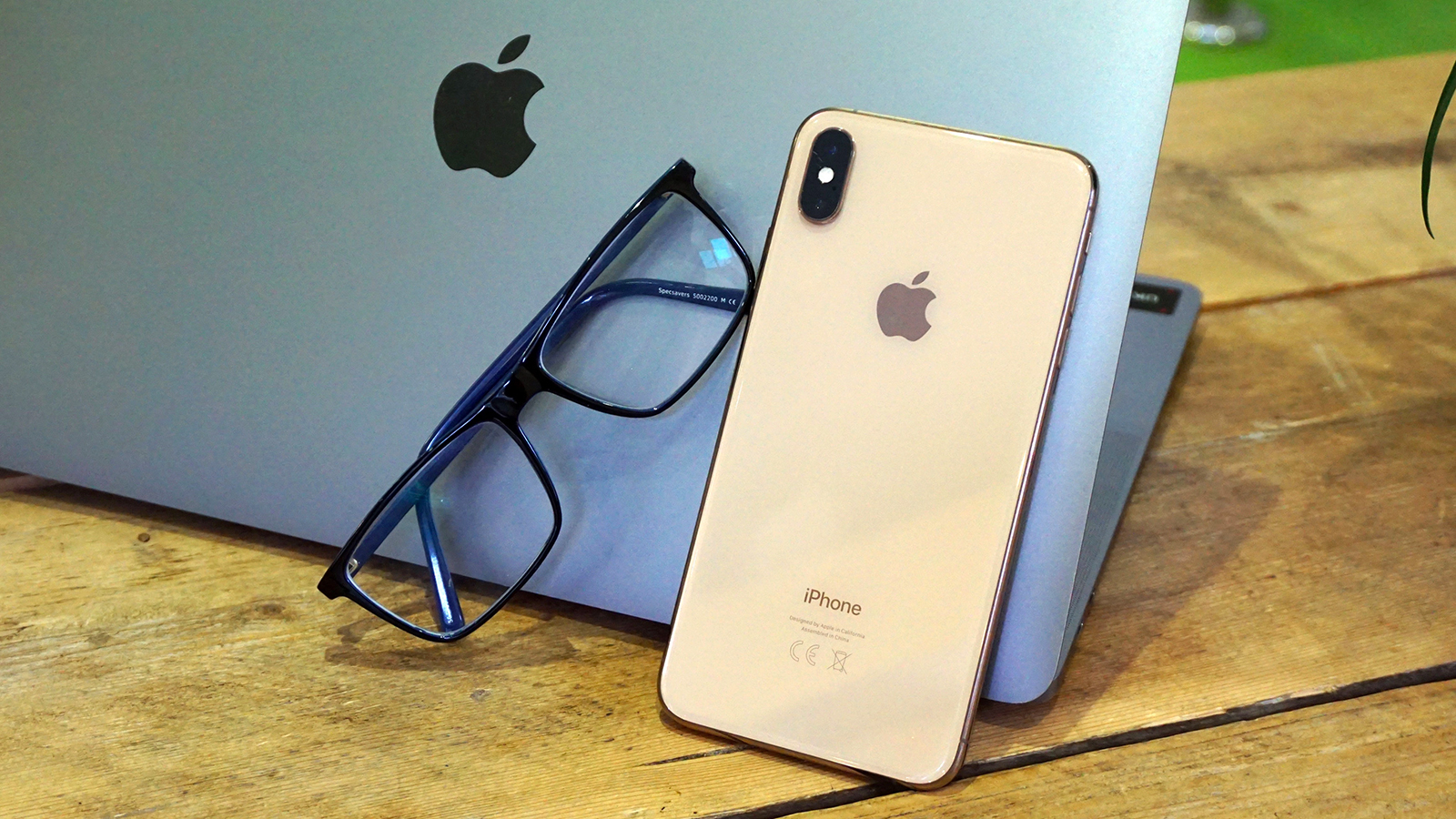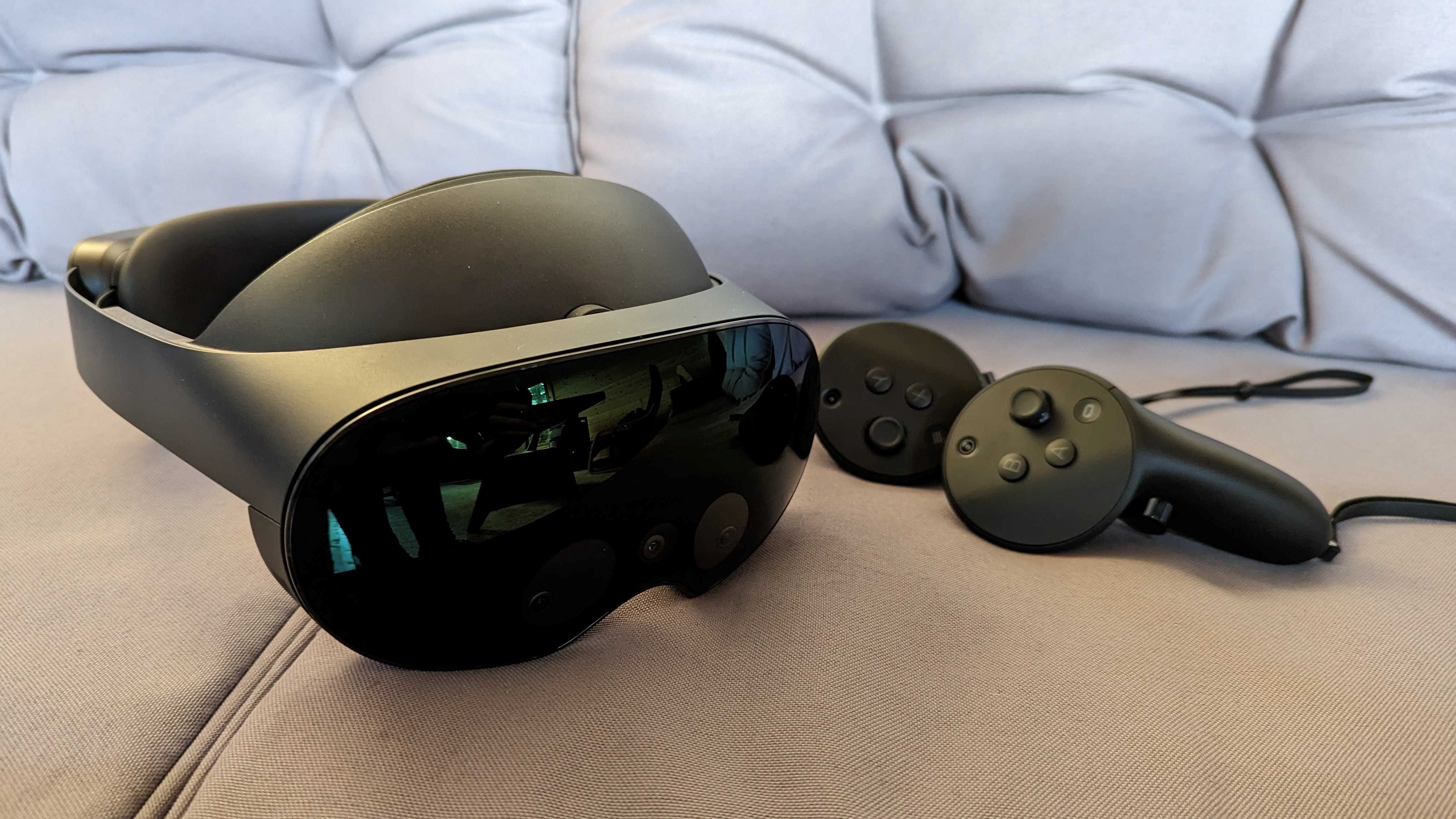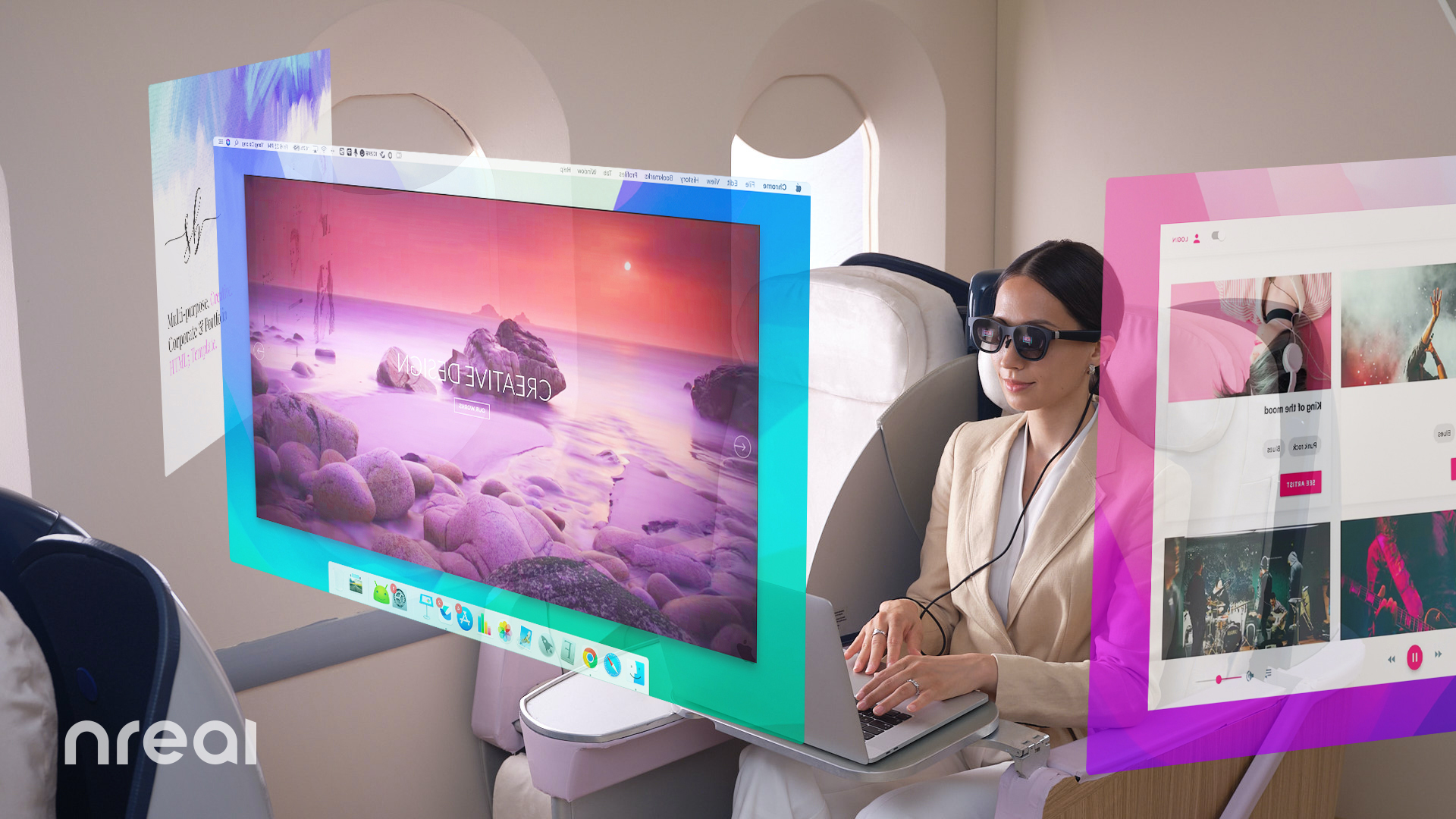Apple replacing its AR glasses with a cheaper VR headset is the right call
Reports say the Apple Glasses have been delayed "indefinitely"

This year, Apple is expected to launch its first cross-reality (XR) device in the form of a long-rumored VR headset, and in 2024 or 2025, it was believed the tech giant would follow up with a pair of AR glasses. Those plans appear to have been put on hold, however, with new reports indicating that Apple will instead focus its efforts on a more budget-friendly VR headset.
The Apple VR headset – which is rumored to support both mixed reality and virtual reality experiences and launch at WWDC 2023 in June – is one of the worst-kept secrets in tech, followed closely by the Apple Glasses (AR specs from the Cupertino tech giant). These devices were expected to be Apple’s first proper ventures into the XR space, but plans have apparently changed.
Apple's XR headset is staying put, but its AR glasses are being put on hold, according to a new Bloomberg report, with sources familiar with the project telling the site that the glasses rollout has been delayed “indefinitely.” Instead, Apple is apparently going to release a scaled-back (and cheaper) headset that will focus on MR and VR applications.

Mind you, when we say cheaper and more budget-friendly, you should note that we could still be talking about a headset that costs $1,500 / £1,500 / AU$2,500 – or the same as the Meta Quest Pro.
Apple’s full-powered XR headset is expected to cost in the region of $3,000 / £3,000 / AU$5,000 – a price that’s inflated by its premium specs. Not only will it likely boast a high-resolution micro OLED display, but it’s also believed the device will incorporate a suite of cameras and sensors to support face tracking and passthrough, as well as both an M2 chip (the same found in some of the best MacBooks and Macs) and another processor that’s dedicated to AR and VR tasks.
Basically, it’s a MacBook for your face. The paired-down headset is more likely to be an iPhone 15 for your face, with its M2 chip and some of its sensor array expected to be lost in the transition to a cheaper device.
AR we there yet?
Apple trademark filings have been teasing a dual-XR device strategy for some time, with documents referring to separate “Reality Pro” and “Reality One” models. The Pro has long been expected to be the high-end (and high-cost) MR headset, while the Reality One was thought to be the likely cheaper (and less capable) AR glasses. With the AR glasses now reportedly shelved, the name will most likely be assigned to the more consumer-friendly line of headsets that are coming to replace it.
Get daily insight, inspiration and deals in your inbox
Sign up for breaking news, reviews, opinion, top tech deals, and more.
And while we have to take all rumors and leaks with a pinch of salt, I hope this is true; the world isn’t ready for the AR glasses Apple wants to make. I don’t mean because no one would want to buy them – I can already see the lines around the block of Apple fans looking to snag a pair – I mean the parts needed to do the product justice aren’t ready yet.
I’ve tested a few recent AR glasses – like the VITURE XR One and Nreal Air specs – and my main takeaway is that the devices are inherently cool but not all that capable. That’s because these glasses aren’t quite what most of us might expect from AR glasses, based on what we’ve seen in science fiction. Instead, they’re basically just a private projector for your phone screen – lacking cameras and sensors that would be required to turn them into ‘actual’ AR glasses.

But introducing these components wouldn’t just add cost, they’d add weight too. And not just from the sensors themselves, you’d need a battery to power them if you want the gadget to last longer than an hour. Thanks to all this extra bulk, our slim sleek glasses have morphed into the somewhat cumbersome headset design we were trying to avoid – albeit with lenses instead of a traditional screen.
Apple had apparently developed a wearable battery pack to try and shift the weight away from the head, but the idea clearly wasn’t enough to turn the Apple Glasses into a product worthy of the tech company’s seal of approval. By delaying the Glasses again, Apple is giving itself (and the world) more time to develop the tech needed to pull them off, leading to a much better product than the one we'd have seen in 2024.
With Meta and Google developing their own AR glasses, we’ll almost certainly see Apple launch a competing product sometime in the future. But for now, we’ll have to make do with its headsets, assuming those aren’t delayed any further themselves.
Can’t wait for Apple to launch its headsets? Check out our picks for the best VR headsets you can buy today.

Hamish is a Senior Staff Writer for TechRadar and you’ll see his name appearing on articles across nearly every topic on the site from smart home deals to speaker reviews to graphics card news and everything in between. He uses his broad range of knowledge to help explain the latest gadgets and if they’re a must-buy or a fad fueled by hype. Though his specialty is writing about everything going on in the world of virtual reality and augmented reality.